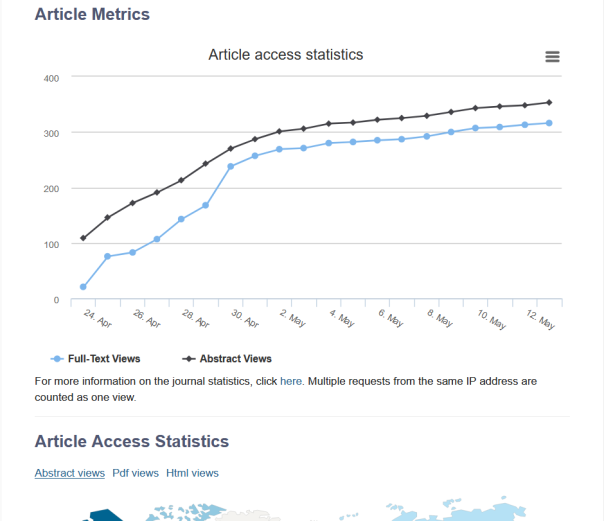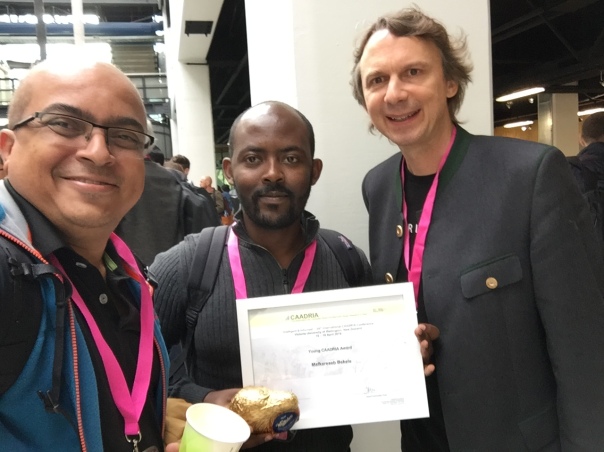I mentioned last month Hafizur and I had an open access journal article out, “3D Digital Heritage Models as Sustainable Scholarly Resources” at MDPI Sustainability journal.
Champion, E.; Rahaman, H. 3D Digital Heritage Models as Sustainable Scholarly Resources. Sustainability 2019, 11, 2425.
We were invited at very short notice to write this article, with a strict word limit, but a month before the invitation we had an earlier, sort of similar article reviewed very critically (apparently) by the first reviewer of another journal. Rather than wait for review 2 we pulled that article. So this article was built on the ruins of that article. However I never saw the reviewer 1 comments!
I write this as this article has been very well received (and downloaded) so far (well in 3 or so weeks). If there are negative comments out there I am happy to hear them. The article was merely to document what was missing from virtual heritage conference papers and direct access to 3D models, it was not meant to say there are no major 3D repositories or to blame conferences for not having many links to 3D contents. Rather it was meant to say, here is the data, you can cite or use it if you like (from the MDPI website), improve or critique it, but let us next try to solve these problems.


